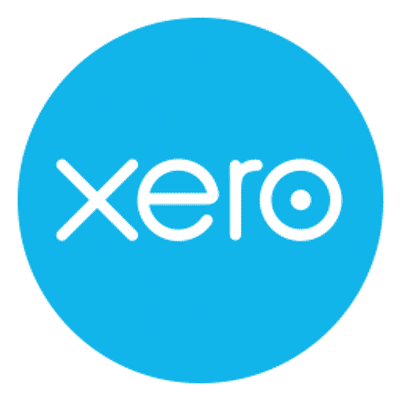Clear Books is a Accounting Software. Clear Books offers Accounts Payable, Accounts Receivable, Bank Reconciliation, Billing and Invoicing, Cash Management and many more functionalities.
Some top alternatives to Clear Books includes Quickbooks, Xero, Freshbooks, SlickPie and Busy Accounting Software.
Some free alternatives to Clear Books includes Quickbooks, Xero, Freshbooks, SlickPie and QuickFile.
Yes, Clear Books provides API.
Yes, Clear Books provides a mobile app.
Clear Books is located in London, United Kingdom
Clear Books offers Free Trial, Subscription pricing models
The starting price is not disclosed by Clear Books. You can visit Clear Books pricing page to get the latest pricing.















